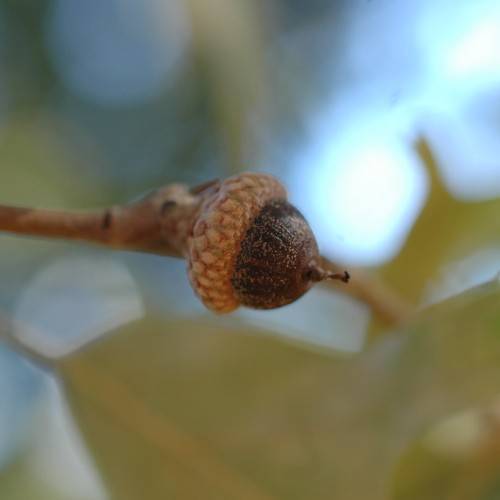
southern red oak
Quercus falcata
Cycle:
Perennial
Watering:
Minimum
Hardiness Zone:
6 - 9
Flowers:
Flowers
Sun:
Full sun
Leaf:
Yes
Growth Rate:
High
Maintenance:
Low
Drought Tolerant:
Yes
Care Level:
Medium
watering
Southern red oak requires regular watering, especially when you first plant it. It needs at least 1 inch of water per week, which should be applied over a period of several days to allow the soil to absorb the moisture. If rainfall is lacking, gardeners should supplement it with water. During extended dry spells, water more often, ensuring that the soil remains moist. In the winter months, southern red oak needs less water, but it should still be watered when the soil is dry.
sunlight
Southern red oak trees (Quercus falcata) grow best in direct sunlight for at least 6 to 8 hours of sunlight per day. They also tend to prefer mild climates and aren’t as well-suited to harsher environments like strong winds, extreme temperatures, or cool, damp climates. Sunlight should also be consistent throughout the day rather than having long periods of shade in the late morning or afternoon. The best time for sunlight for Southern red oak trees is when the sun is at its highest point in the sky, which is between 10 a.m. and 2 p.m.
pruning
Southern red oaks should be pruned in late winter or early spring, when the tree is still dormant. Pruning should be done to remove dead, diseased, or otherwise compromised wood, and should be limited to just those branches. Good pruning practices allow for light and air filtration within the tree canopy and promote regrowth. Care should be taken to ensure that no more than 1-third of the live wood is removed within a year; doing more may stress the tree too much and potentially cause damage. Additionally, large pruning wounds on southern red oaks take a long time to heal and can be susceptible to opportunistic pests and diseases.
